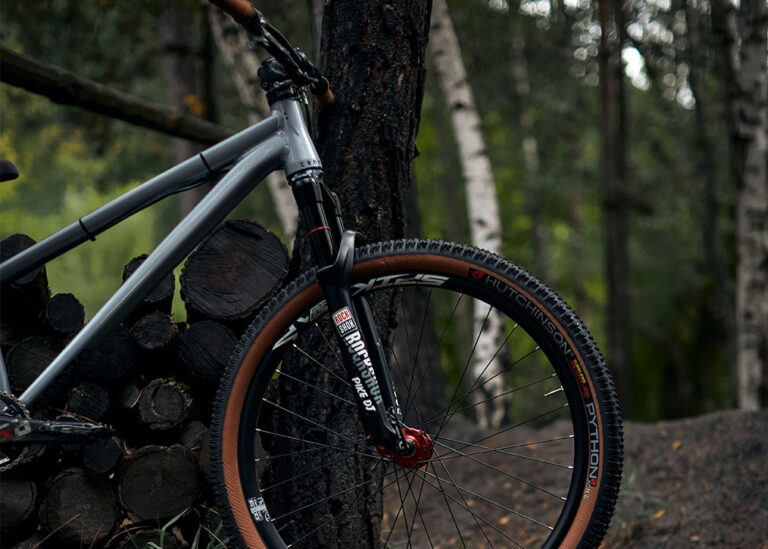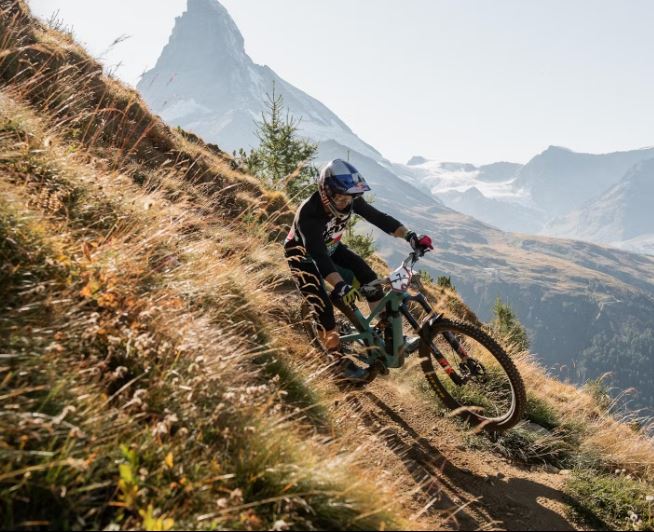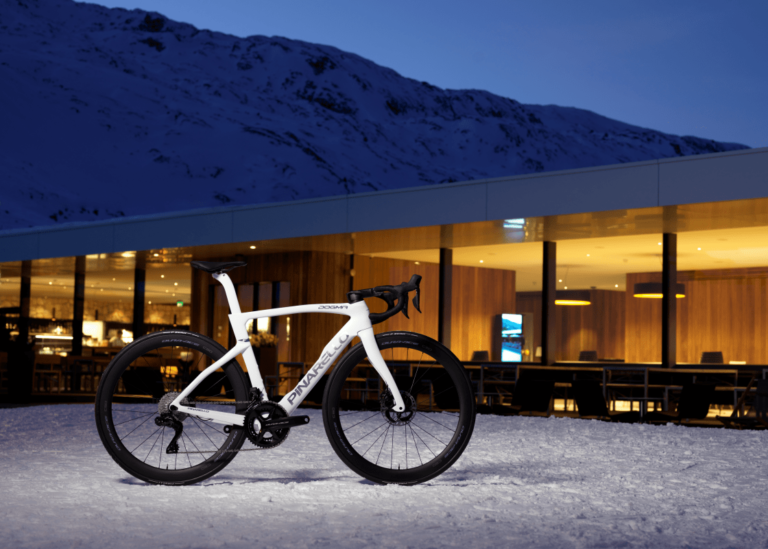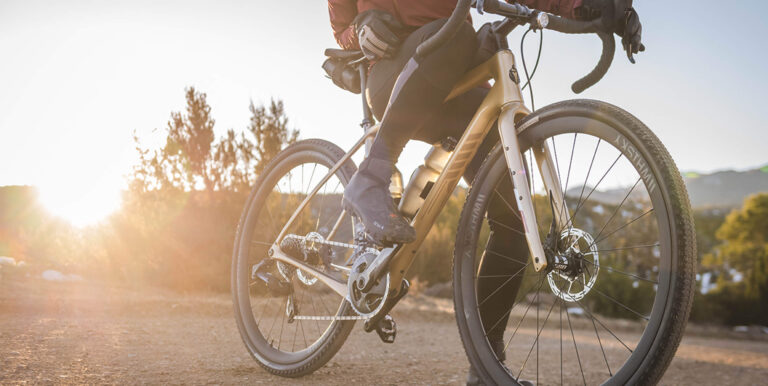Mastering the Trails: Geometry and Its Impact on XC Bike Performance

Key Point Summary of Geometry and Its Impact on XC Bike Performance:
- Impact of Geometry on XC Bikes: How the design influences speed, control, and comfort.
- Head Tube Angle: Steeper angles for agility, slacker for stability at speed.
- Seat Tube Angle: Affects power transfer and pedaling efficiency.
- Chainstay Length: Balances climbing prowess with descending stability.
- Wheelbase and Reach: Dictate the bike’s overall stability and rider position.
Throughout my years of racing and riding across different disciplines, from the adrenaline-packed world of mountain biking to the strategic nuances of cyclocross, I’ve come to appreciate the subtle yet profound impact of bike geometry on performance. As a masters cyclist, my experiences have taught me that understanding the geometry of your XC (cross-country) bike can significantly enhance your riding experience, especially for those at a beginner to mid-level.
Geometry, in the context of XC bikes, refers to the various angles and measurements that define a bike’s frame. It’s the blueprint that determines how a bike will handle on different terrains, how well it climbs, and descends, and how comfortable it is over long distances. Let’s dive into how these geometric considerations affect your bike’s performance.
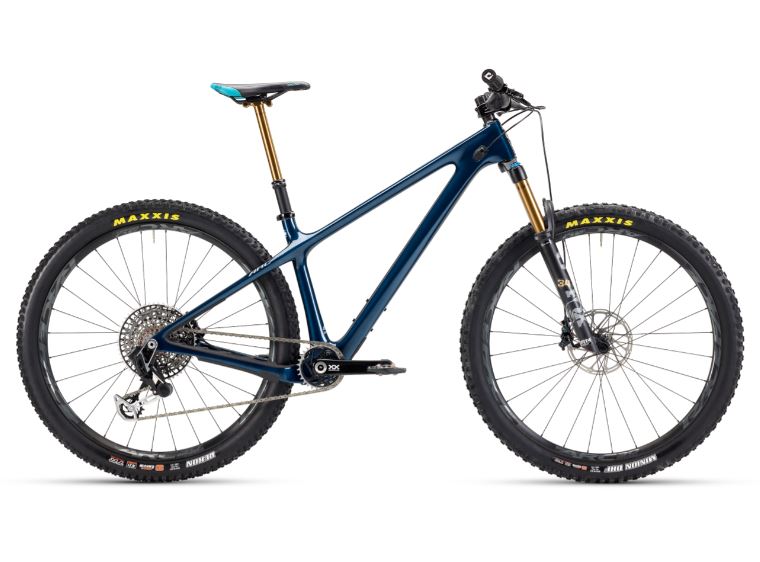
Head Tube Angle
The head tube angle is pivotal in defining a bike’s handling. A steeper angle, typically found on traditional XC bikes, offers quicker steering and agility, ideal for tight turns and technical sections. However, modern trends are leaning towards slightly slacker angles, providing extra stability at higher speeds without significantly compromising agility. This evolution in geometry mirrors my transition from aggressive racing to enjoying more relaxed, yet challenging rides, where control and confidence at speed became paramount.
Seat Tube Angle
This angle influences your position over the pedals. A steeper seat tube angle positions you more directly above the bottom bracket, enhancing power transfer and pedaling efficiency on climbs. This geometry change has paralleled my own shift towards valuing efficiency and sustainability over raw speed, particularly on grueling ascents where every ounce of energy counts.
Chainstay Length
The length of the chain stays impacts the bike’s climbing ability and traction. Shorter chainstays make it easier to lift the front wheel and navigate over obstacles, offering a more playful ride. Longer chainstays, conversely, provide better stability and traction, especially when climbing. My personal anecdotes of transitioning from shorter to longer chainstays reflect a greater appreciation for the control and sustained power delivery during climbs, a testament to the evolving preferences of an experienced cyclist.

Wheelbase and Reach
These dimensions significantly affect the bike’s stability. A longer wheelbase and reach tend to offer a more stable ride, especially at speed and on descents, at the expense of some agility. My journey from preferring nimble, responsive bikes to valuing stability and control on technical descents and high-speed sections underscores the significance of these measurements in tailoring a bike to one’s evolving riding style and preferences.
Handling Characteristics
Beyond these individual elements, the overall geometry of an XC bike amalgamates to define its handling characteristics. From my experience, a bike that blends stability at speed with responsive handling offers the most versatile and enjoyable riding experience, capable of tackling a wide range of terrain with confidence.
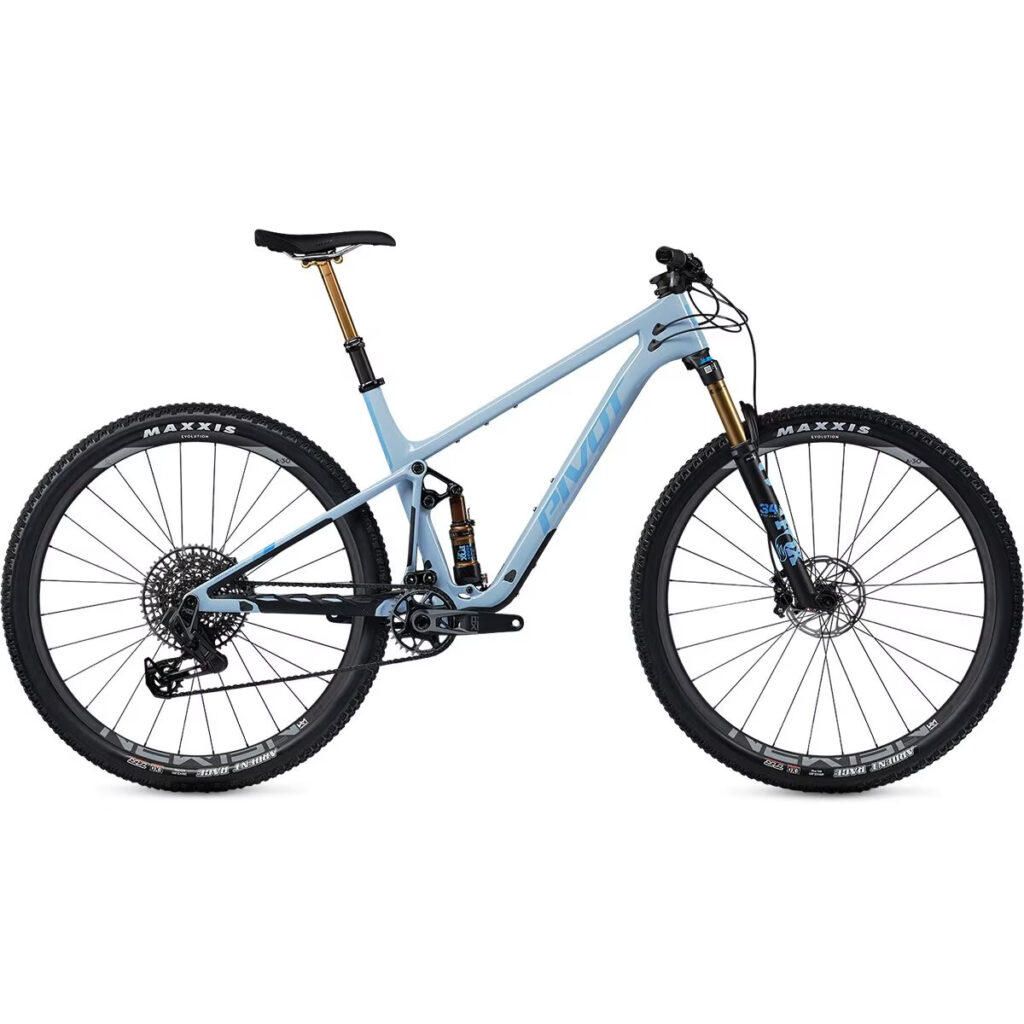
Performance Impact
Ultimately, the geometry of your XC bike profoundly impacts its performance. A well-designed geometry not only enhances handling, comfort, and efficiency but also instills confidence, allowing riders to push their limits and enjoy the ride to its fullest. As my riding style has matured, so has my appreciation for the nuanced ways in which geometry influences performance across different terrains and disciplines.
In Conclusion: Geometry and Its Impact on XC Bike Performance
Geometry is not just a set of numbers; it’s the foundation upon which the riding experience is built. Understanding the impact of geometry on XC bike performance is crucial for selecting a bike that matches your riding style and goals. My journey through the world of cycling, from the ruggedness of mountain biking to the precision of cyclocross, has been a testament to the critical role geometry plays in harmonizing a rider’s aspirations with their bike’s capabilities.
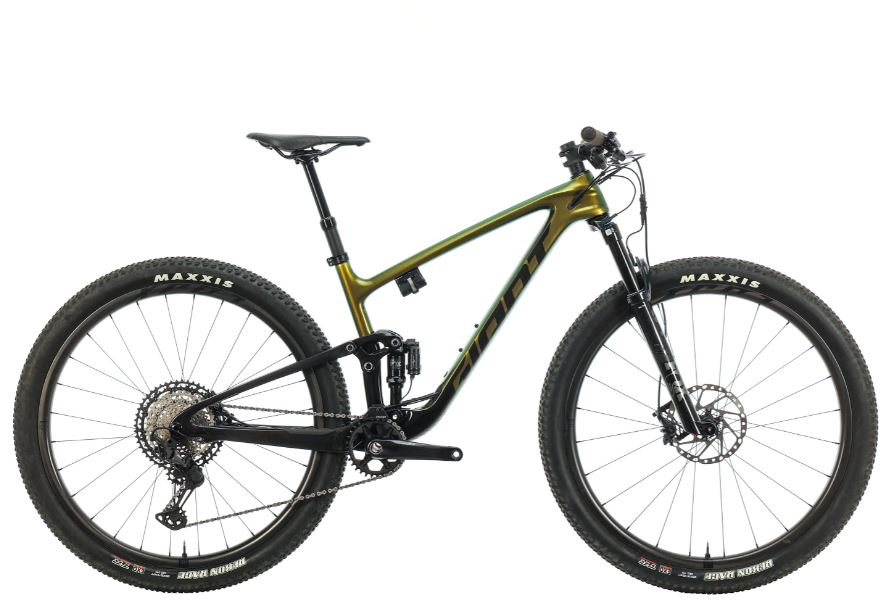
For those seeking alternative XC bikes with excellent geometry and handling characteristics beyond the commonly cited favorites, consider these noteworthy options:
- Trek Top Fuel: The Trek Top Fuel combines the lightweight efficiency of a traditional XC bike with the capability of a trail bike. Its geometry is designed for quick handling, yet it provides a comfortable and stable ride even on rough terrain. The Top Fuel has been updated to offer a more aggressive stance, making it even more responsive on technical courses.
- Yeti SB100: The Yeti SB100 breaks the mold with its unique approach to XC geometry. It’s designed to be agile and fast like a traditional XC bike but brings a level of downhill capability that’s rare in this category. The bike’s geometry encourages aggressive riding, with a slack head angle and a longer reach for stability at speed, yet it remains efficient for climbing.
- Giant Anthem: The Giant Anthem is renowned for its balanced geometry that excels in both climbing and descending. It’s a versatile XC bike that provides a smooth ride, with a geometry that’s aggressive enough for competitive racing but comfortable enough for all-day adventures. The Anthem’s lightweight frame and efficient suspension setup make it a great choice for riders looking for a bike that can handle a wide range of XC trails.
These alternatives offer a mix of agility, efficiency, and comfort, making them excellent choices for riders looking to explore a variety of XC terrains with confidence and speed.
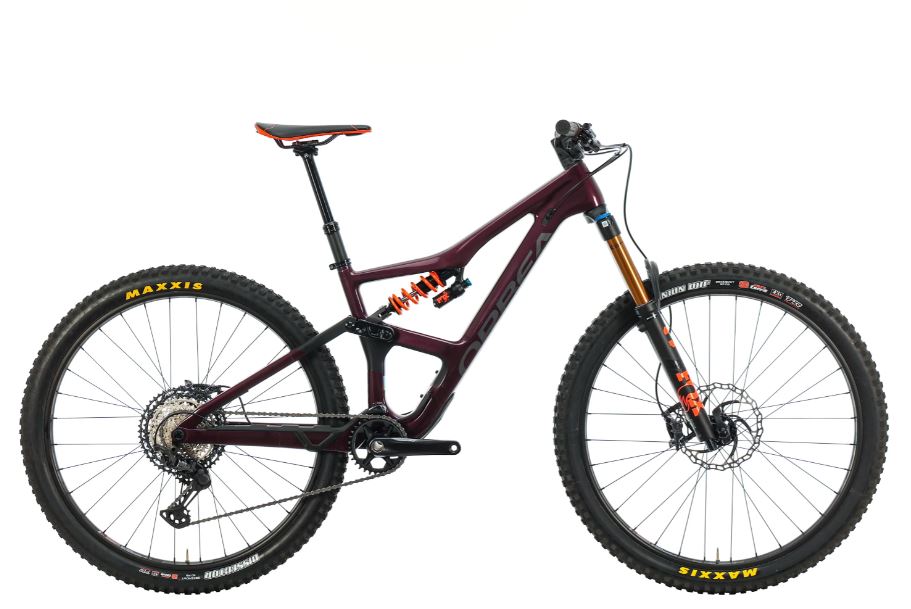
FAQ
What is the geometry of a XC bike?
Typically features a steeper head angle for quick steering, a shorter wheelbase for agility, and a moderate seat tube angle to balance climbing efficiency and power transfer.
Does bike geometry affect speed?
Yes, bike geometry significantly affects speed by influencing aerodynamics, rider position, and handling, which can impact overall efficiency and performance.
What is the most important geometry on a mountain bike?
The most important geometry on a mountain bike is the head tube angle, as it affects steering stability and handling, particularly on descents and technical terrain.
Happy Riding!
John
